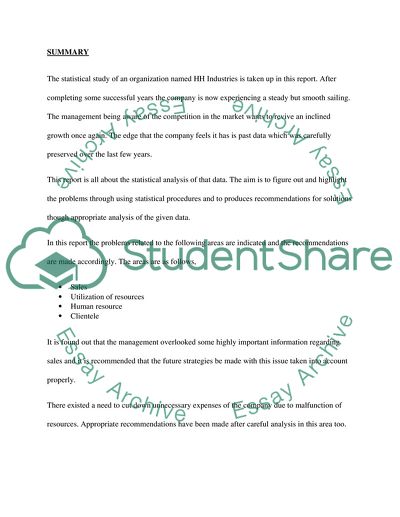Cite this document
(Handy Hydraulics Industries and the BMP Enterprises Dissertation, n.d.)
Handy Hydraulics Industries and the BMP Enterprises Dissertation. Retrieved from https://studentshare.org/statistics/1752660-buesiness-data-analysis
Handy Hydraulics Industries and the BMP Enterprises Dissertation. Retrieved from https://studentshare.org/statistics/1752660-buesiness-data-analysis
(Handy Hydraulics Industries and the BMP Enterprises Dissertation)
Handy Hydraulics Industries and the BMP Enterprises Dissertation. https://studentshare.org/statistics/1752660-buesiness-data-analysis.
Handy Hydraulics Industries and the BMP Enterprises Dissertation. https://studentshare.org/statistics/1752660-buesiness-data-analysis.
“Handy Hydraulics Industries and the BMP Enterprises Dissertation”, n.d. https://studentshare.org/statistics/1752660-buesiness-data-analysis.


